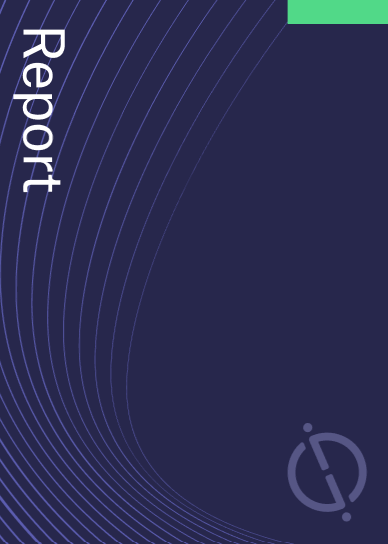The automotive industry continues to be a hotbed of patent innovation. Innovation in autonomous vehicles (AVs) is driven by safety, cost, performance, and convenience, and growing importance of technologies such as data processing and fusion, laser technology, and photo detection. In the last three years alone, there have been over 1.7 million patents filed and granted in the automotive industry, according to GlobalData’s report on Artificial intelligence in automotive: obstacle detection radar-LiDAR. Buy the report here.
However, not all innovations are equal and nor do they follow a constant upward trend. Instead, their evolution takes the form of an S-shaped curve that reflects their typical lifecycle from early emergence to accelerating adoption, before finally stabilizing and reaching maturity.
Identifying where a particular innovation is on this journey, especially those that are in the emerging and accelerating stages, is essential for understanding their current level of adoption and the likely future trajectory and impact they will have.
300+ innovations will shape the automotive industry
According to GlobalData’s Technology Foresights, which plots the S-curve for the automotive industry using innovation intensity models built on over one million patents, there are 300+ innovation areas that will shape the future of the industry.
Within the emerging innovation stage, autonomous on-demand logistics, end-to-end learning models, and adaptive driver alerting are disruptive technologies that are in the early stages of application and should be tracked closely. Vehicular vision, adaptive cruise control, and predictive acceleration control are some of the accelerating innovation areas, where adoption has been steadily increasing.
Innovation S-curve for artificial intelligence in the automotive industry

Obstacle detection radar-LiDAR is a key innovation area in artificial intelligence
Obstacle detection radar-LiDAR refers to a technology that combines the use of radar and LiDAR sensors to detect obstacles in the environment surrounding a vehicle. Radar sensors use radio waves to measure the distance and speed of objects, while LiDAR sensors use lasers to create detailed 3D maps of the environment. By combining the data from radar and LiDAR sensors, the technology allows for accurate and reliable detection of obstacles, enabling advanced driver assistance systems and autonomous vehicles to navigate safely.
GlobalData’s analysis also uncovers the companies at the forefront of each innovation area and assesses the potential reach and impact of their patenting activity across different applications and geographies. According to GlobalData, there are 30+ companies, spanning technology vendors, established automotive companies, and up-and-coming start-ups engaged in the development and application of obstacle detection radar-LiDAR.
Key players in obstacle detection radar-LiDAR – a disruptive innovation in the automotive industry
‘Application diversity’ measures the number of applications identified for each patent. It broadly splits companies into either ‘niche’ or ‘diversified’ innovators.
‘Geographic reach’ refers to the number of countries each patent is registered in. It reflects the breadth of geographic application intended, ranging from ‘global’ to ‘local’.
Patent volumes related to obstacle detection radar-LiDAR
Source: GlobalData Patent Analytics
Toyota Motor is one of the leading patent filers in obstacle detection radar-LiDAR for the automotive industry. Toyota Motor covers a wide range of automotive technologies such as method of manufacturing stator for rotary electric machine, and tubular shaped tool used in the manufacturing method. Robert Bosch Stiftung and Denso are some of the other key patent filers in this area.
In terms of application diversity, Intel leads the pack, while Alphabet and Kia stood in the second and third positions, respectively. By means of geographic reach, Alphabet held the top position, followed by Intel and Nissan Motor.
To further understand the key themes and technologies disrupting the automotive industry, access GlobalData’s latest thematic research report on Artificial Intelligence (AI) in Automotive.
Premium Insights
From
The gold standard of business intelligence.
Blending expert knowledge with cutting-edge technology, GlobalData’s unrivalled proprietary data will enable you to decode what’s happening in your market. You can make better informed decisions and gain a future-proof advantage over your competitors.



